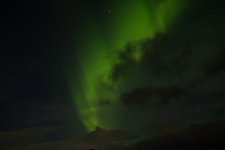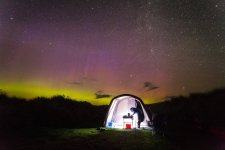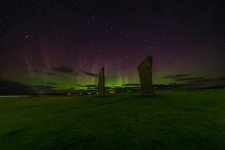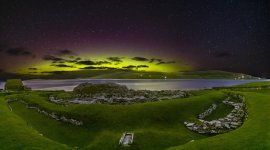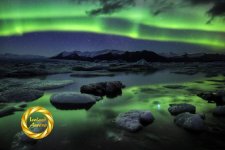- Messages
- 19
- Name
- Adrian
- Edit My Images
- No
I have a few questions about photographing the Aurora. I went on an Aurora tour and the tour guide took some very nice photos of the Aurora.
1) How come, when using a 'proper' camera, the photos look like they have been taken in the daylight?
2) How come the photos seem to look better than looking at them with the naked eye?
3) Which camera/lens would you recommend for taking photos of the Aurora?
4) I'm a total novice, so the chances are, I'm not going to buy any equipment to answers to question number three but I'm just curious.
5) What kind of settings should be used to photograph the Aurora?
1) How come, when using a 'proper' camera, the photos look like they have been taken in the daylight?
2) How come the photos seem to look better than looking at them with the naked eye?
3) Which camera/lens would you recommend for taking photos of the Aurora?
4) I'm a total novice, so the chances are, I'm not going to buy any equipment to answers to question number three but I'm just curious.
5) What kind of settings should be used to photograph the Aurora?

